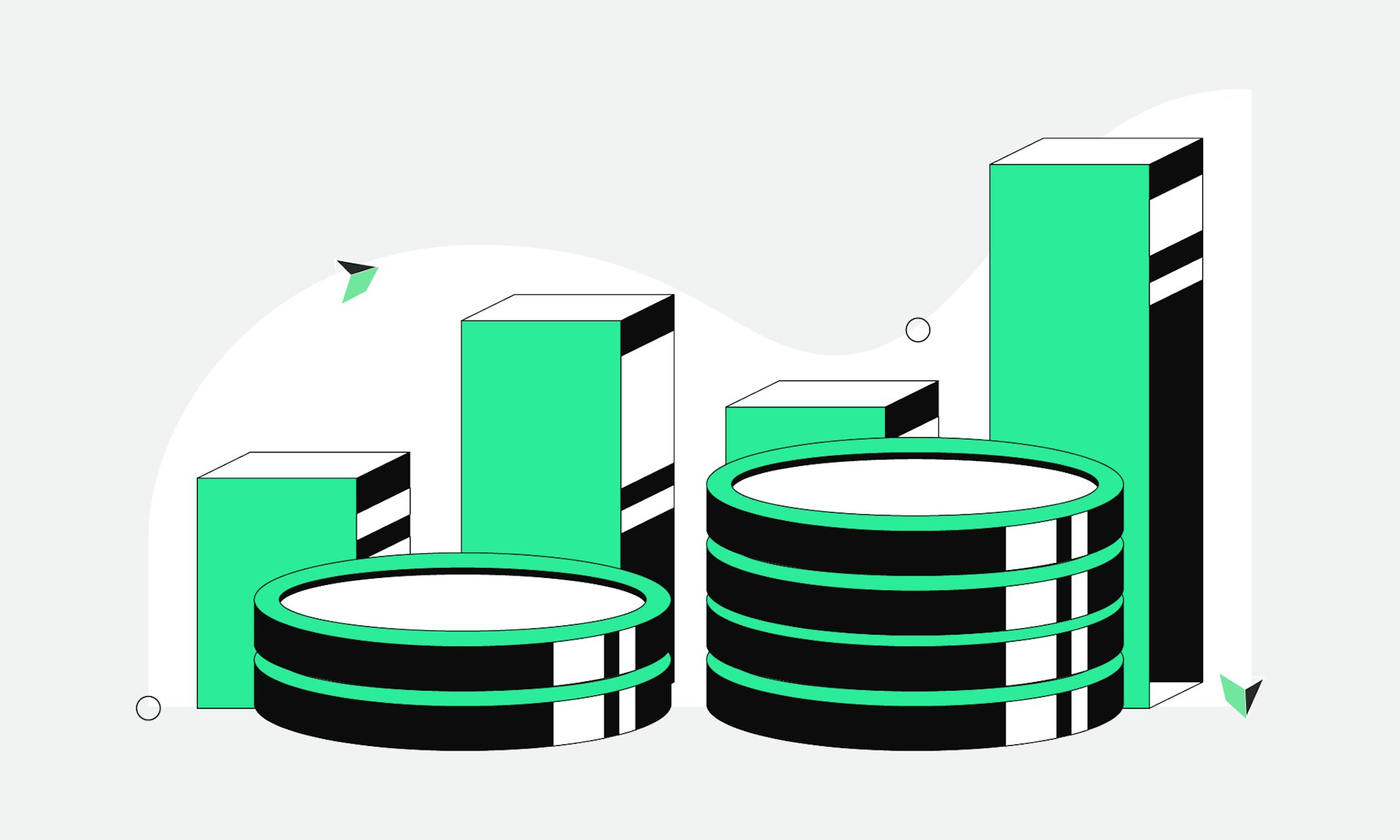What are the pros and cons of the take profit order?
A take profit order offers many advantages, but also some potential disadvantages that you should factor into your strategy:
Advantages of the take profit order:
Automatic profit-taking: Once the set price is reached, the trade is automatically closed. This allows you to secure your profits without constantly monitoring the market.
Emotion-free trading: The automatic execution of the order prevents emotional decisions that could lead to hasty actions.
Pre-defined profit target: You define in advance at what price you want to exit, which brings more structure to your trading strategy.
Effective risk management: By combining take profit and stop loss orders, you can better calculate the risk of a trade and achieve a balanced ratio between profit and loss.
Disadvantages of the take profit order:
Limited profit: If the price continues to rise after your take profit order has been triggered, you miss out on potential additional gains.
No adjustment to market changes: The order closes the trade even if the market price develops in a more favourable direction. There's no option to automatically adjust the order.
Incorrect price forecasts: If you set the take profit limit too early or too high, there's a risk the price won’t reach your profit target. If the price drops again after an initial rise, you lose potential gains.
The use of a take profit order should therefore be adjusted to your individual goals and the current market situation to benefit from the advantages while keeping possible downsides in mind.
Setting take profit: how to calculate it properly
There are two common methods for setting your take profit limit:
Mathematical calculation: Here, you set the take profit based on a fixed ratio between profit and risk. This is also known as the risk-reward ratio (RRR). A common rule of thumb is to use a risk-reward ratio of 2:1. In this case, the take profit order must be at least double the stop loss order. Depending on your strategy, other ratios might also make sense.
Discretionary method: This approach involves analysing the market closely to determine the best point for profit-taking. Instead of using a fixed formula, you use current market data to tailor the take profit to the situation. The risk-reward ratio is also considered with this method.
Which method suits you best depends on your risk appetite and trading style.
How to find the right price for a take profit order
If you use the discretionary method to determine your take profit limit, there are several factors to consider. First, a solid strategy is essential to properly balance risk and potential profit. You should also examine the market closely using technical analysis. This could include analysing chart patterns, price action patterns and support and resistance levels.
Support and resistance levels indicate where the price has previously stopped or reversed. These levels are often good reference points for setting a take profit limit.
Alongside these levels, it's important to keep general market conditions in view. In periods of high volatility, you can expect wide price swings. In calmer phases, smaller price movements are more likely. Chart patterns and price action patterns can help determine the right time and price for profit-taking. However, keep in mind that past price developments are not indicators of future performance.
By using these elements of technical analysis and taking into account the market environment and potential price movements, you can find the best price for placing your take profit order.
Conclusion: why is the take profit order important?
The take profit order is crucial in trading because it enables you to automatically realise profits as soon as a set price is reached. It also contributes to risk management by preventing you from staying in a position too long and possibly incurring losses. The take profit order is especially useful in volatile markets like the cryptocurrency market, where prices can change rapidly. It allows you to follow a clearly defined strategy and keep your risk-reward ratio in check.
Trade with leverage on Bitpanda
With Bitpanda, you can trade with borrowed capital across a growing range of leveraged products – directly on the Bitpanda platform. Whether you want full control over your trades or prefer a simpler approach, you’ll find tools designed to match your strategy.
Bitpanda Margin Trading* lets you trade more than 100 cryptocurrencies with up to 10x leverage. Go long, track your positions in real time and manage risk with ease. Liquidation alerts help you stay informed, and with Margin Limit Orders – including Take Profit and Stop Loss – on the way, you’ll soon have even more control to fine-tune your strategy.
If you prefer leveraged exposure without actively managing margin, Bitpanda Leverage also offers leveraged tokens. These track the daily performance of an asset at a fixed leverage level – like 2x long or short – and are ideal for short-term market moves. There’s no need to manage collateral or worry about liquidation, making them a straightforward way to access leverage.
Start exploring your leverage options with Bitpanda today and find the product that fits your strategy.
